CG Trader
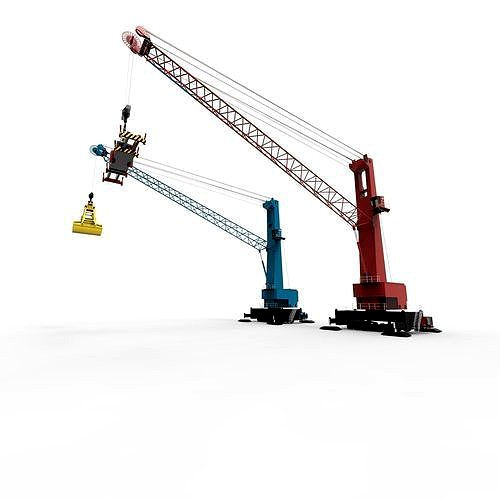
Harbour Tower Crane
by CG Trader
Last crawled date: 1 year, 6 months ago
A crane is a type of machine, generally equipped with a hoist rope, wire ropes or chains, and sheaves, that can be used both to lift and lower materials and to move them horizontally. It is mainly used for lifting heavy things and transporting them to other places. The device uses one or more simple machines to create mechanical advantage and thus move loads beyond the normal capability of a human. Cranes are commonly employed in transportation for the loading and unloading of freight, in construction for the movement of materials, and in manufacturing for the assembling of heavy equipment. The first known crane machine was the shadouf, a water-lifting device that was invented in ancient Mesopotamia (modern Iraq) and then appeared in ancient Egyptian technology. Construction cranes later appeared in ancient Greece, where they were powered by men or animals (such as donkeys), and used for the construction of buildings. Larger cranes were later developed in the Roman Empire, employing the use of human treadwheels, permitting the lifting of heavier weights. In the High Middle Ages, harbour cranes were introduced to load and unload ships and assist with their construction—some were built into stone towers for extra strength and stability. The earliest cranes were constructed from wood, but cast iron, iron and steel took over with the coming of the Industrial Revolution. For many centuries, power was supplied by the physical exertion of men or animals, although hoists in watermills and windmills could be driven by the harnessed natural power. The first mechanical power was provided by steam engines, the earliest steam crane being introduced in the 18th or 19th century, with many remaining in use well into the late 20th century.[1] Modern cranes usually use internal combustion engines or electric motors and hydraulic systems to provide a much greater lifting capability than was previously possible, although manual cranes are still utilized where the provision of power would be uneconomic. There are many different types of cranes, each tailored to a specific use. Sizes range from the smallest jib cranes, used inside workshops, to the tallest tower cranes, used for constructing high buildings. Mini-cranes are also used for constructing high buildings, to facilitate constructions by reaching tight spaces. Large floating cranes are generally used to build oil rigs and salvage sunken ships. Some lifting machines do not strictly fit the above definition of a crane, but are generally known as cranes, such as stacker cranes and loader cranes. shipping loading unloading cargo crane trailer large truck industrial container cargo container semi trailer gantry crane box ship harbour logistic machine industrial machine
Similar models
cg_trader
$22

Tower Crane
...p harbour machine loading unloading container space spaceship shipping cargo container gantry crane industrial industrial machine
cg_trader
$5

Mini Crane
...do not strictly fit the above definition of a crane, but are generally known as cranes, such as stacker cranes and loader cranes.
cg_trader
$15

Crane-Tower-Leberhier
...y equipment. crane industrial construction heavy platform lift large truck elevator machine industrial machine construction crane
cg_trader
$14

Harbour Crane
... unloading of freight, in construction for the movement of materials, and in manufacturing for the assembling of heavy equipment.
grabcad
free

Gantry Crane
... the construction industry for the movement of materials and in the manufacturing industry for the assembling of heavy equipment.
grabcad
free

Truck Crane Toy
... the construction industry for the movement of materials and in the manufacturing industry for the assembling of heavy equipment.
grabcad
free

CRANE TYPE SPRAYER
...the construction industry for the movement of materials, and in the manufacturing industry for the assembling of heavy equipment.
cg_trader
$17

Mobile Harbour Crane
... unloading of freight, in construction for the movement of materials, and in manufacturing for the assembling of heavy equipment.
cg_trader
$15

Tower Crane
... unloading of freight, in construction for the movement of materials, and in manufacturing for the assembling of heavy equipment.
cg_trader
$16

Tower Crane II
... unloading of freight, in construction for the movement of materials, and in manufacturing for the assembling of heavy equipment.
Harbour
3d_export
$65

victoria harbour
...victoria harbour
3dexport
simple rendering of the scene file
3d_export
$65

harbour of santoria
...harbour of santoria
3dexport
simple rendering of the scene file
3d_export
$65

harbour of santoria
...harbour of santoria
3dexport
simple rendering of the scene file
3d_export
$20

Harbour crane 3D Model
...harbour crane 3d model
3dexport
harbour crane 3d model hristoff 63606 3dexport
turbosquid
$99

Harbour Port Abstract
... available on turbo squid, the world's leading provider of digital 3d models for visualization, films, television, and games.
turbosquid
$88

Mydeco Collection 13 HARBOUR
... available on turbo squid, the world's leading provider of digital 3d models for visualization, films, television, and games.
3ddd
$1

Eichholtz Lamp Wall Seg Harbour
...our
3ddd
eichholtz
бра eichholtz lamp wall seg harbourhttp://www.eichholtz.com/lamp-wall-seg-harbour-0087002676114.aspx
3d_ocean
$25

MW3DHDR0022 Little Harbour in Autum
...ane and colorful trees around. super hight resolution hdri with tonemapped background and sibl set. content: fullres hdri with...
3d_ocean
$25

MW3DHDR0020 Industrial Container Harbour
...a crane and a train on rails super hight resolution hdri with tonemapped background and sibl set. content: fullres hdri with t...
turbosquid
$299

Refinery Port Harbour collection 7
... available on turbo squid, the world's leading provider of digital 3d models for visualization, films, television, and games.
Crane
archibase_planet
free
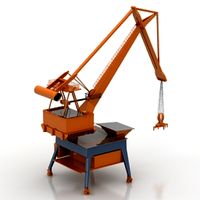
Crane
...rane
archibase planet
crane harbor crane lifting crane port crane
crane 1 - 3d model (*.gsm+*.3ds) for exterior 3d visualization.
archibase_planet
free

Crane
...rane
archibase planet
crane port crane lifting crane harbor crane
crane 4 - 3d model (*.gsm+*.3ds) for exterior 3d visualization.
archibase_planet
free
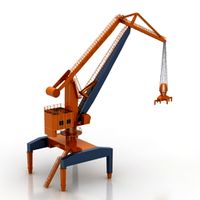
Crane
...rane
archibase planet
crane port crane lifting crane harbor crane
crane 2 - 3d model (*.gsm+*.3ds) for exterior 3d visualization.
archibase_planet
free
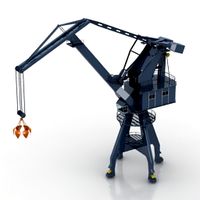
Crane
...rane
archibase planet
crane harbor crane lifting crane port crane
crane 3 - 3d model (*.gsm+*.3ds) for exterior 3d visualization.
archibase_planet
free

Crane
...crane
archibase planet
crane lifting crane hoisting crane
crane mob n080708 - 3d model for interior 3d visualization.
archibase_planet
free
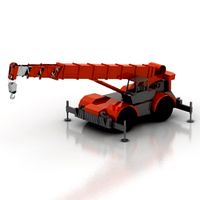
Crane
...e
archibase planet
crane lifting crane hoisting crane
crane n110314 - 3d model (*.gsm+*.3ds+*.max) for exterior 3d visualization.
archibase_planet
free

Crane
...base planet
crane lifting crane hoisting crane gibbet
crane n100713 - 3d model (*.gsm+*.3ds+*.max) for exterior 3d visualization.
3d_export
$29

Crane
...crane
3dexport
a cute crane
3d_ocean
$18
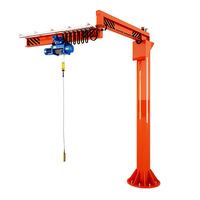
Crane
...crane
3docean
crane lift loader machine work
this is a high poly 3d model crane
archibase_planet
free

Crane
...crane
archibase planet
crane
saddle jib crane cel - 3d model. free download.
Tower
archibase_planet
free
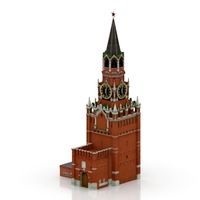
Tower
...kremlin tower spasskaya tower
tower kremlin spasskaya tower n120615 - 3d model (*.gsm+*.3ds+*.max) for exterior 3d visualization.
archibase_planet
free
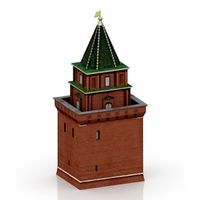
Tower
...r kremlin tower petrovskaya tower
tower petrovskaya kremlin n120615 - 3d model (*.gsm+*.3ds+*.max) for exterior 3d visualization.
archibase_planet
free

Tower
...ino-eleninskaya tower
tower constantino eleninskaya kremlin n120615 - 3d model (*.gsm+*.3ds+*.max) for exterior 3d visualization.
archibase_planet
free

Tower
...tower
archibase planet
tower statuette eiffel tower
tower decor n180914 - 3d model (*.gsm+*.3ds) for interior 3d visualization.
archibase_planet
free
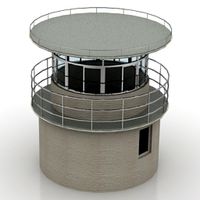
Tower
...lanet
tower construction building
tower polices post street tower n110913 - 3d model (*.gsm+*.3ds) for exterior 3d visualization.
3d_export
$5
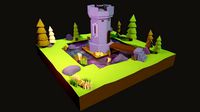
tower
...tower
3dexport
a fortified tower with a moat.
archibase_planet
free

Tower
...tower
archibase planet
building tower construction
tower n300712 - 3d model (*.gsm+*.3ds) for exterior 3d visualization.
archibase_planet
free
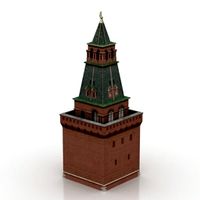
Tower
...uilding kremlin construction
tower 2 vtoraya bezymyannaya kremlin n100914 - 3d model (*.gsm+*.3ds) for exterior 3d visualization.
archibase_planet
free
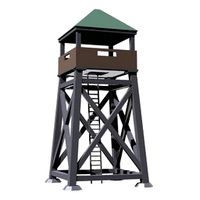
Tower
...tower
archibase planet
forcetower tower
forcetower - 3d model for interior 3d visualization.
archibase_planet
free

Transmission tower
...lectricity pylon lattice tower framework tower
transmission tower n121015 - 3d model (*.gsm+*.3ds) for exterior 3d visualization.
